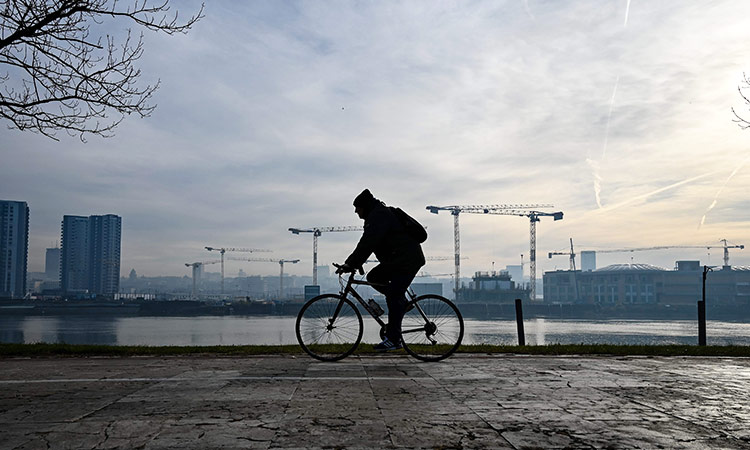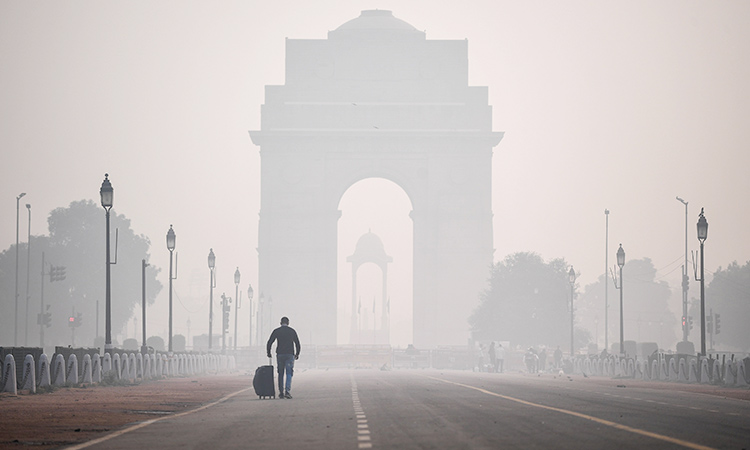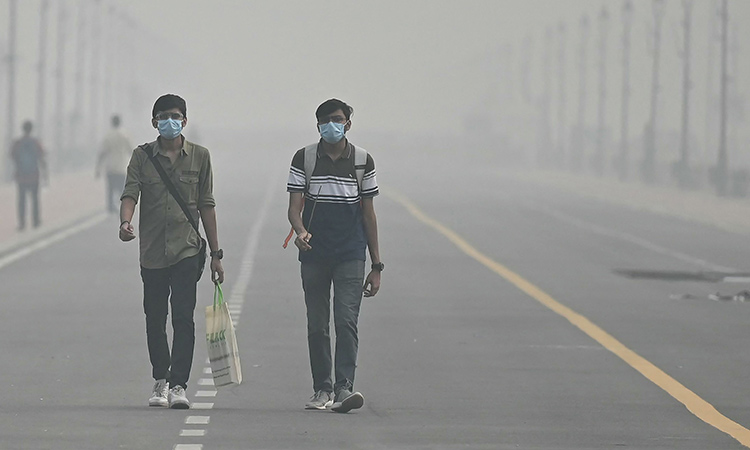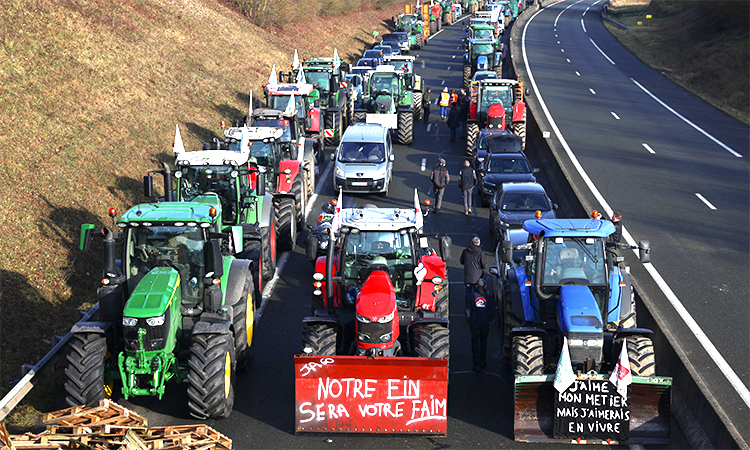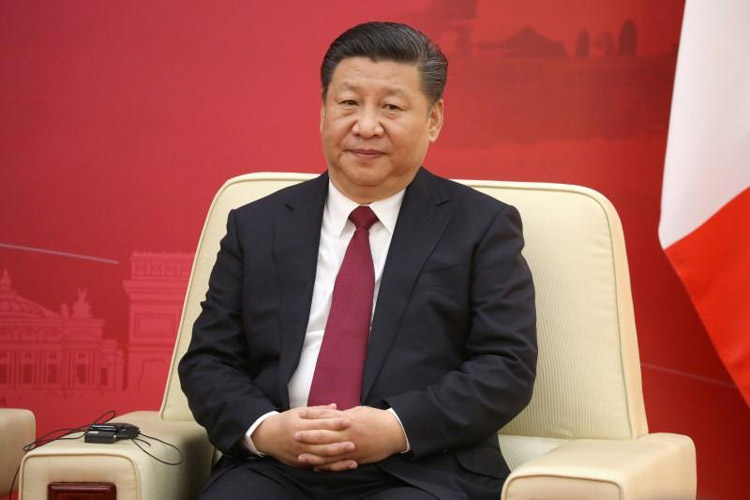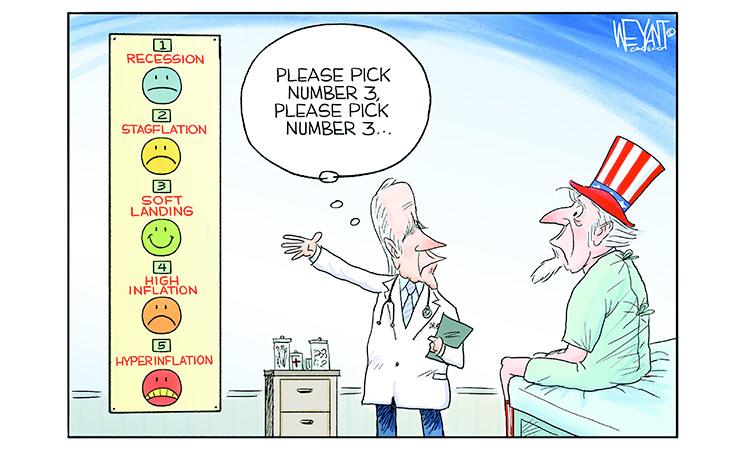India launches emissions trading programme

Meena Janardhan
Writer/Editor/Consultant. She has over 25 years of experience in the fields of environmental journalism and publishing.
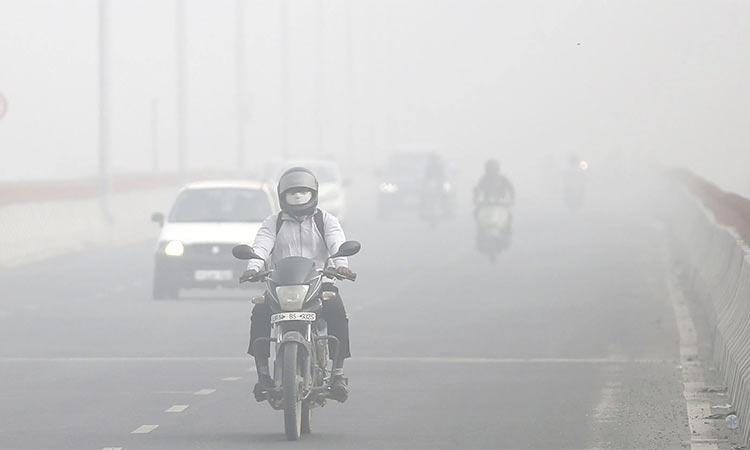
The photo has been used for illustrative purposes. AP
Being initiated in Surat by the Gujarat Pollution Control Board (GPCB), the emission trading scheme (ETS) was designed with the help of a team of researchers from the Energy Policy Institute at the University of Chicago (EPIC), the Economic Growth Center at Yale University and others from The Abdul Latif Jameel Poverty Action Lab (J-PAL).
At the launch, Rajiv Kumar Gupta, chairman of the GPCB, said, “With this programme, we are kicking off a new era of cleaner production, while lowering industry compliance costs and rewarding plants that cut pollution in low-cost ways. We believe using this market-based system will prove that rapid economic growth, ease of doing business, and breathing clean air can all be achieved at the same time.”
The pilot’s success could lead to the adoption of market-based approaches in tackling India’s other environmental challenges. For effective and efficient pollution control, the emissions trading programme will be experimentally tested to understand its impact on emissions, industry costs and regulatory costs. The researchers will evaluate the programme’s benefits and costs, relative to status quo, using a randomized controlled trial.
According to the Environmental Defense Fund (EDF), the best climate policy – environmentally and economically – limits emissions and puts a price on them. Cap and trade is one way to do both. It’s a system designed to reduce pollution in our atmosphere. The cap on greenhouse gas emissions that drive global warming is a firm limit on pollution. The cap gets stricter over time.
The trade part is a market for companies to buy and sell allowances that let them emit only a certain amount, as supply and demand set the price. Trading gives companies a strong incentive to save money by cutting emissions in the most cost-effective ways.
Companies are allowed to emit set amounts: The total amount of the cap is split into allowances, each permitting a company to emit one ton of emissions. The government distributes the allowances to the companies, either for free or through an auction. The cap typically declines over time, providing a growing incentive for industry and businesses to reduce their emissions more efficiently, while keeping production costs down.
Trading can lead to cuts in pollution sooner: Companies that cut their pollution faster can sell allowances to companies that pollute more, or ‘bank’ them for future use. This market – the ‘trade’ part of cap and trade – gives companies flexibility. It increases the pool of available capital to make reductions, encourages companies to cut pollution faster and rewards innovation. Because there are only so many allowances available, total pollution drops as the cap falls. As companies use established techniques to lower emissions, such as adopting energy-efficient technology, entrepreneurs see opportunity.
Cap and trade is lowering emissions globally: A market-based approach like cap and trade allows countries to make more ambitious climate goals.
China, the world’s largest greenhouse gas emitter, launched the initial phase of a national carbon market in 2017 with help from the EDF. The new emissions trading system is expected to be the world’s largest, dwarfing all existing programs, and is a central component of China’s strategy to tackle climate pollution. The national programme builds on pilot emissions trading systems, which have included elements of cap and trade and are already underway in seven cities and provinces in China. They cover more than 2,600 companies in regions with a population of more than 258 million.
In the European Union’s Emissions Trading System, capped emissions from stationary structures were 26 per cent lower in 2016 than when the programme started in 2005.
In the United States, California’s climate policies have led to a steady decline of the state’s carbon dioxide pollution. The centerpiece is the cap-and-trade program, which EDF has helped design and implement. California’s emissions from sources subject to the cap declined 8.8 per cent between the programme’s launch in 2013 and 2016. Meanwhile, the state’s economy is thriving.
Cap and trade makes even deeper cuts possible when countries cooperate, such as the United States and Canada. California and Quebec connected their systems in 2014, building a strong market that shows great potential.

